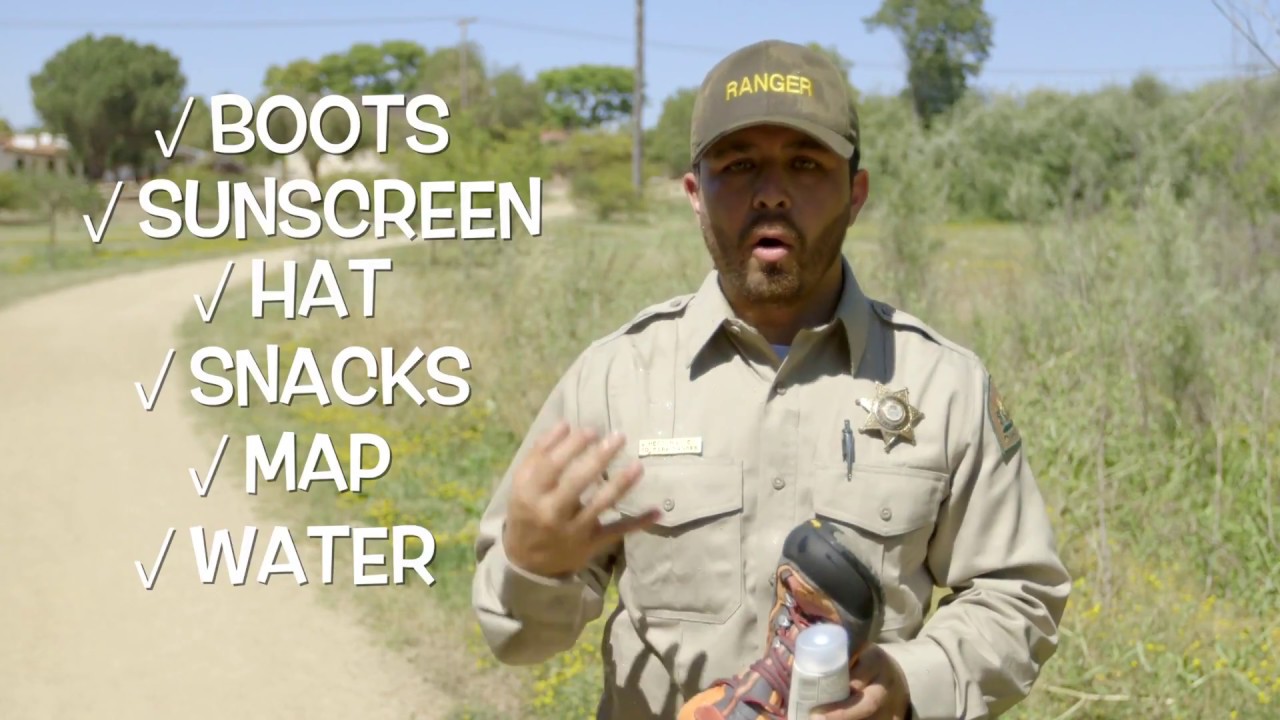

Reading Time: 3 Minutes
There are hundreds of hiking trails available to San Diego County residents and visitors, but they can be dangerous and even deadly if you don’t consider the heat before lacing up your boots.
Last weekend, a 50-year-old woman died after getting separated from the group she was hiking with and setting off alone in Black Mountain Open Space Park in San Diego.
The county routinely closes remote parks to protect hikers due to excessive heat, but heat can be an issue on any trail. CAL FIRE/San Diego County firefighters and sheriff’s deputies are often called to rescue people who become ill or injured while hiking. To date in 2024, CAL FIRE/San Diego County Fire has responded to 50 hiker rescue/rescue calls, not all of which were heat-related.
To avoid illness or injury, CAL FIRE/San Diego County Fire Rescue Captain Brent Pascua recommends that hikers, especially those who are inexperienced, avoid hiking during the hottest parts of the day and head out earlier in the day before it gets too hot, or later in the day when it’s starting to cool down.
Additionally, he offered some helpful safety tips to prepare for warm weather hikes.
- Choose a hiking trail that is appropriate for your skill and fitness level. In extreme heat, choose the safest option.
- Stay hydrated. Drink water before, during and after your hike.
- Check the weather forecast and become familiar with the trail terrain.
- Let someone know where you are and when you plan to return. Remote areas may not have cell phone coverage, so don’t rely solely on your cell phone.
- Never hike alone, but with others.
- Bring a backpack or bag with food and water, extra sunscreen for reapplication, a flashlight, a first aid kit, a utility tool or knife, and a whistle.
- Recommended by park rangers 1 liter (about 1 quart) every 2-3 miles. Bring more water than you think you’ll need, even more on longer or more challenging trails.
- Nonperishable foods like dried fruit, energy bars, trail mix, peanut butter, canned tuna, whole grain crackers, and jerky are perfect healthy snacks that will boost your energy levels and provide fuel to replace lost calories.
- Don’t forget your hat, sunglasses and sunscreen.
- Wear layers of light-colored, breathable, loose-fitting clothing that can be removed or put on depending on the temperature and will protect you from the sun.
- A good boot will provide grip on rocky and slippery terrain, but also a thick layer of protection from hot ground.
- Follow posted safety rules.
- Print out a trail map and bring it with you to avoid getting lost. Prolonged exposure to the heat can lead to disorientation and heat stroke.
- If you become too hot while hiking, you risk heat stroke. Heat stroke is usually caused by dehydration, which stops the body’s natural thermoregulation. Symptoms can include headache, dizziness, muscle cramps, nausea, disorientation, lack of sweating and loss of consciousness. If you start to feel any of these signs, stop and find a shady spot along the trail to rest, drink water and refuel with healthy snacks. If symptoms persist, call 911.
- Leave your dog at home. Dogs are susceptible to heat stroke. Never leave your pet in the car. On an 85 degree day, the temperature inside a car can reach 102 degrees in 10 minutes and rise to 120 degrees even with the windows rolled down an inch or two.
- If you bring a dog, bring plenty of water for your pet, and don’t walk your dog on hot pavement, asphalt, or sand when it’s hot, as it will burn his paws.

